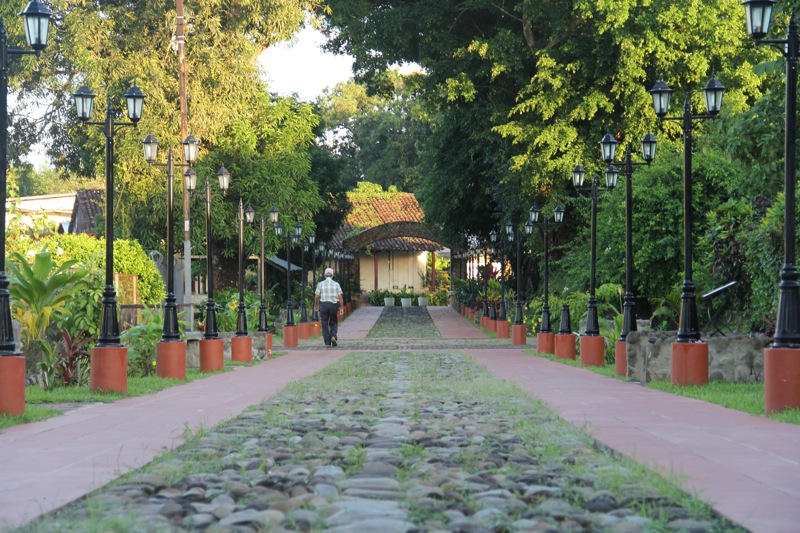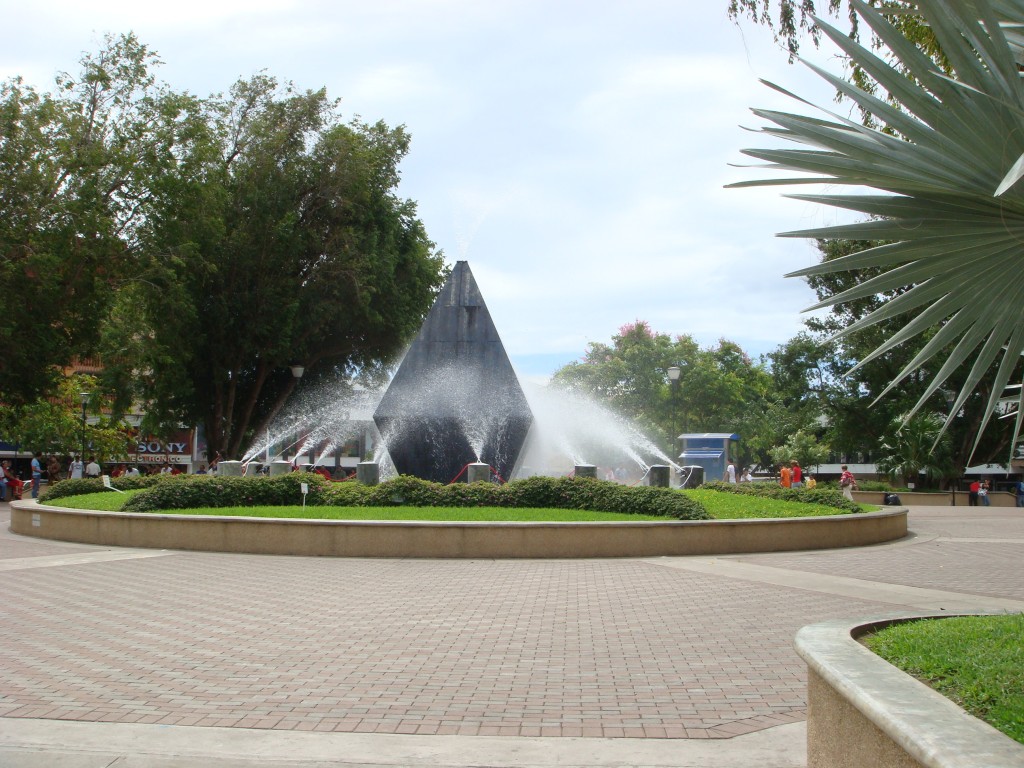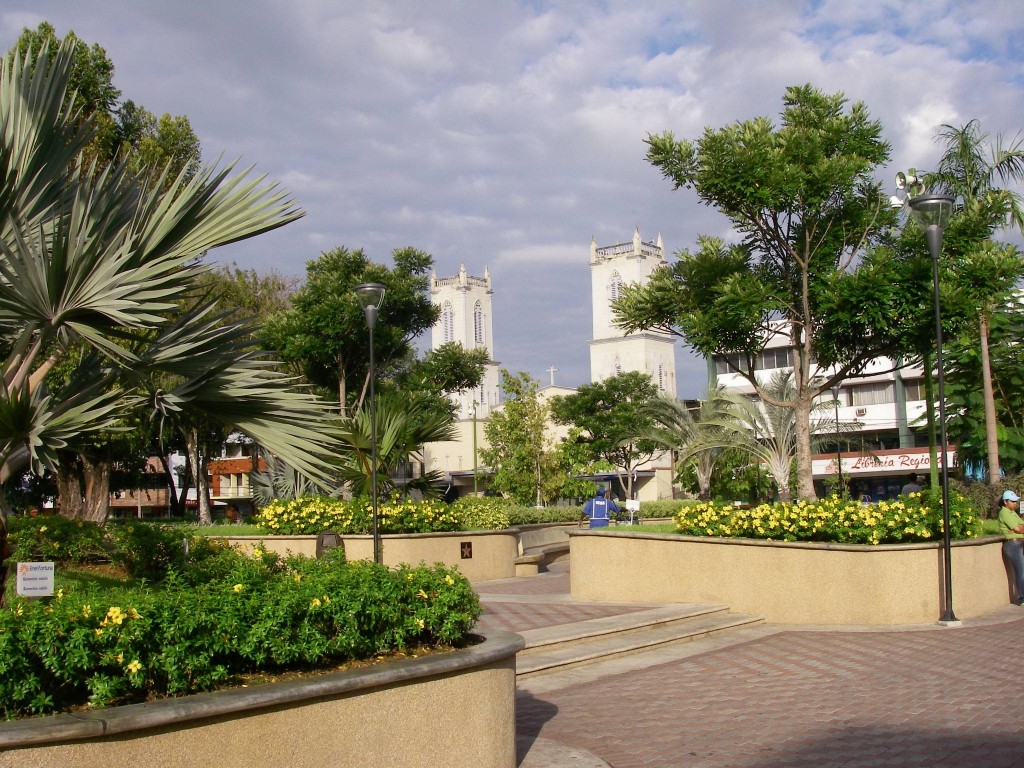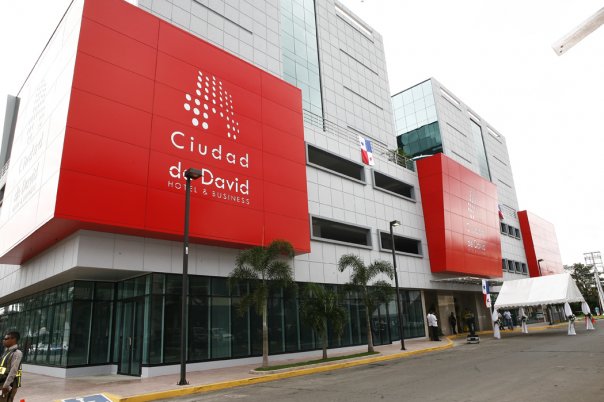While David is a little too hot for me when it comes to places to live, quite a few expats live there, primarily those from cooler latitudes who love the tropical heat. One thing can be said for David and that is the convenience of goods and services that are located there. It has grown tremendously since we got here in 2007 and is still growing. I think when I first arrived there may have been one street signal light, now they are everywhere.
This article comes to us courtesy of International Living by Linda Card
It’s hard to believe over four years have passed since I moved to Panama. It’s even more incredible to think that I left the U.S. almost nine years ago. I live in David, the capital of Chiriquí Province in the west of the country. I didn’t plan to move here; it was never on my “to do” list. But when my husband, Al, and I first saw the rolling hills and slopes lined with rows of vegetable plants, acres of pineapple and rice fields, coffee plantations and orange groves, I said to myself, “This is it; this is where I want to live.”
Chiriquí is Panama’s farmland. Its broad pastures are dotted with dairy cows, and you’ll find beef cattle ranches and horse stables. Rocky rivers and winding streams crisscross a landscape overlooked by Barú Volcano and the Continental Divide. I guess it reminds me of the countryside of New Jersey and New York State, where I grew up, except for the palm trees!
So how did I end up here? Back in 2004 my husband and I took the leap and headed out to sea aboard our 37-foot sailboat, Carina. Since purchasing Carina in 1993, we had been living aboard her at a marina while working full time in Fort Myers Beach, Florida. We made a number of short cruises, and all the while our purpose and goal was to prepare the boat and ourselves to go cruising in the Caribbean for an extended time. Finally, just after Thanksgiving in 2004, we untied the dock lines for the last time and sailed south.
When we left Florida, my plan was to sail around the Caribbean and see as many places as we could for five years, then return to the U.S. and go back to work. But living aboard and traveling by boat enabled us to go much farther and stay much longer than we could have otherwise, because it reduced our expenses so much.
The cost of renting a slip at a marina for a month was roughly comparable to the cost of staying at a hotel for a week, and we prepared our own meals. While living aboard a boat is not the easiest arrangement for us, it was a means to an end.
After spending six months in Isla Mujeres, Mexico, we navigated through Belize and went on to Río Dulce, Guatemala. It became our home base for the next four years. Our main interest was travel, and that’s what we did. By bus we visited Honduras, El Salvador, Nicaragua, Costa Rica, and Panama. It was fantastic to be able to go to so many historic and interesting places, to see the spectacular scenery, and learn about so many different cultures.
During this time, I was unhappy about the many changes taking place in the economic and political spheres in the U.S. I also wondered if I would be able to find a job, given the alarmingly high unemployment rate and my absence from the workforce for a number of years. Finally, with limited income and resources, I felt we could not manage the high cost of living in the States. Going back under these circumstances did not appeal to us, so Al and I decided to stay in Central America.
Panama became our first choice compared to other countries in Central America for a few reasons. It has better infrastructure (roads, bridges, utilities, and the like). It’s a stable democracy and it has a large, well-established middle class, which promotes small-business ownership and allows for upward mobility. While far from perfect, the educational system is accessible and there is widespread belief in the importance of education.
The standard of living is high and it’s affordable. The country has no standing army, and the police are helpful. On top of all this, Panama has a wide assortment of visa options, including an attractive permanent-residence visa for retirees and pensioners.
I’m a country girl, not a city girl, so Panama City did not appeal to me. At the same time, I wanted the convenience of being near a town with good shopping, reliable services, and health care. David, with a population around 144,858, has all this and a climate we like.
The city sits on the Pan-American Highway and has a downtown area with a central park, a cool fountain, and lots of traffic. There are modern shopping centers with large department stores as well as many small, family-owned businesses. Four hospitals, two private and two public, provide complete medical services to the community, and many doctors speak English. Many of the restaurants here, such as Pizza Hut, Subway, TGIF, McDonald’s, and KFC, will be familiar to North Americans, and there are two multiplex cinemas. Cattle ranchers, farmers, and indigenous people mingle with college students, government employees, and entrepreneurs in this busy, energetic commercial hub. For me, David is the ideal combination of small-town life with all the amenities we need to be comfortable.
We rent a small house in a middle-class Panamanian neighborhood just outside town for $220 a month (which is unusually low), and we don’t have A/C. We do have fast Internet, cable TV, and reliable water, trash pickup, and electric services. It’s a five-minute drive to the supermarket and 10 minutes to downtown, or it’s easy to catch a bus or call a taxi.
Most homes in this area rent for $400 to $500 a month, utilities cost $130 to $200 a month, depending on Internet and TV provider and whether or not you use A/C. Grocery prices vary quite a bit, with local items being quite reasonable and imported items costlier. A full range of options exists for eating out, from no-frills $8 meals to gourmet $30 entrees. Clothing, shoes, and household items are inexpensive and the electronics market is highly competitive, which keeps prices low. However, inflation is an issue here, and I have seen prices increase. Still, a budget-conscious couple can live here for $1,400 a month including rent, and live well for $1,800 a month ($2,000 if you want A/C).
Once we decided to make David our home, we realized we were done with sailing, and we sold Carina in 2012. Now I do writing and editing from home to keep busy and I have a small circle of friends who are fellow expats. A monthly social gathering of expats takes place here in David, and a local flea market has become a well-attended event.
Is David the right place for you? There is only one way to answer this question, and that is to come and visit!



